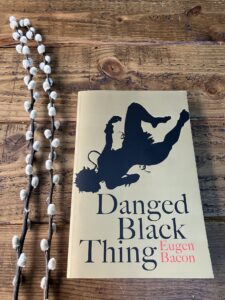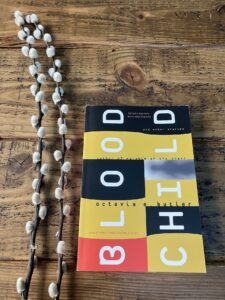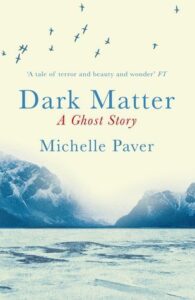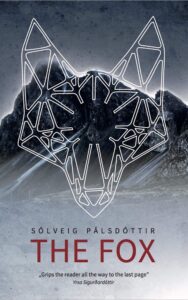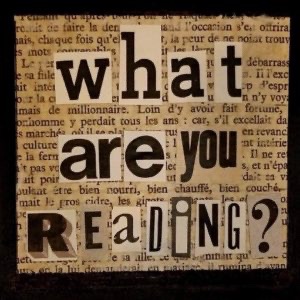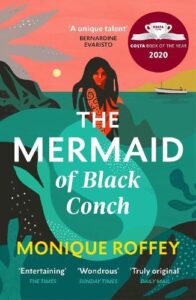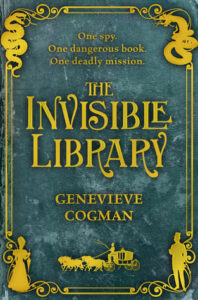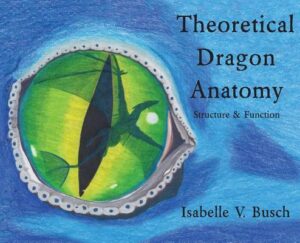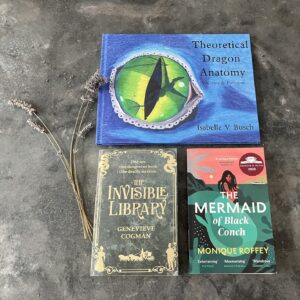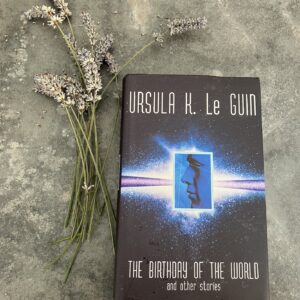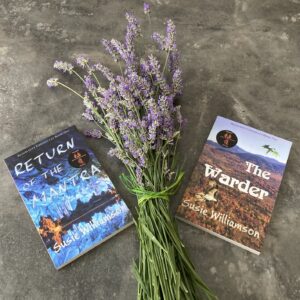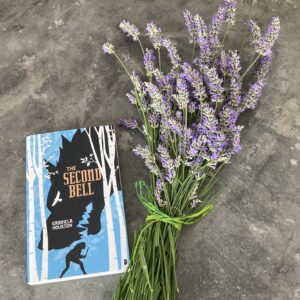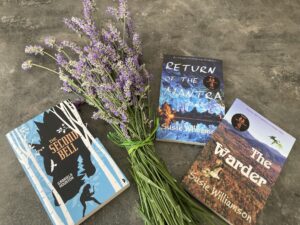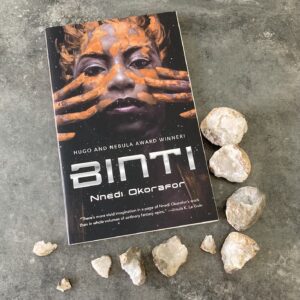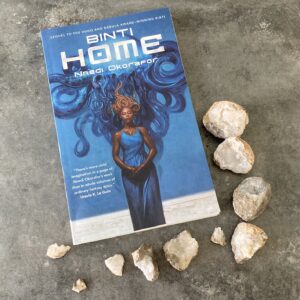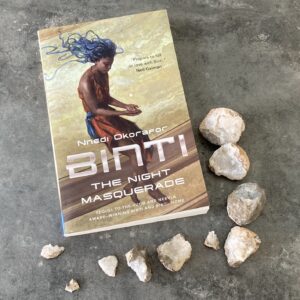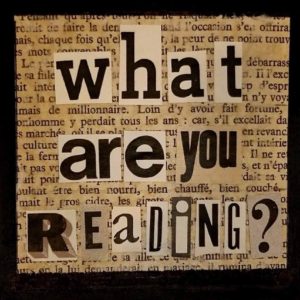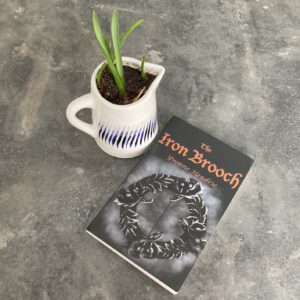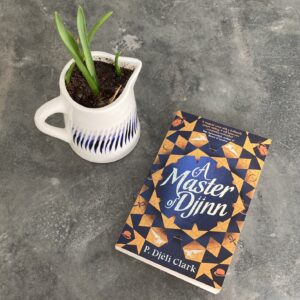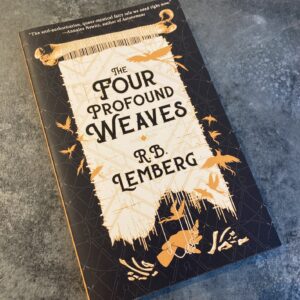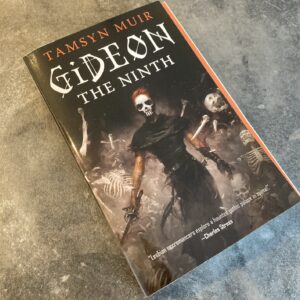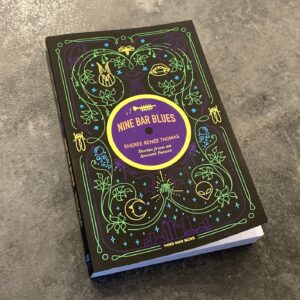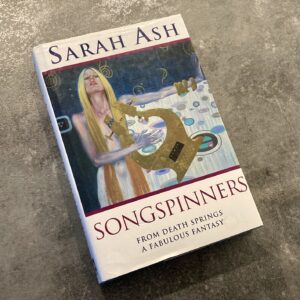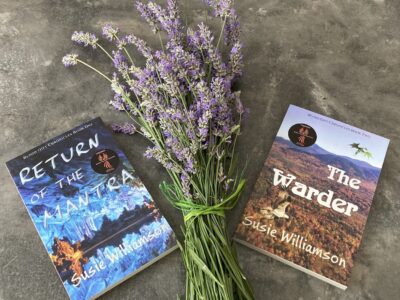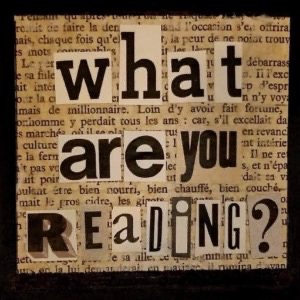
Approaching the end of February and taking a break from the UK rain, with a feast of worldbuilding in two epic fantasy recommendations… Enjoy.
The Wolf and the Water; by Josie Jaffrey
Big things come in small packages: an apt phrase for this modest-sized book that contains a world of extraordinary depth.
If you like detailed worlds, family sagas, crime, intrigue, and a protagonist to champion, then this is for you. I was rooting for the protagonist from the start, a young woman called Kala, considered doubly sullied by the powers that be: once for her father’s foreign birth, once by her disease that left her crippled. She is heir to the tribe of Glauks, in the city of Kepos, a walled city that borders the sea. Unknown to Kala there is a second, secret sea, and a forbidden pool where she goes to swim and feel free from the pains in her body.
When her father unexpectedly dies, everything changes. Kala’s mother must remarry, and proceedings are put in motion for marriage to a man, Nikos; a dangerous man not to be trusted. Left trying to find a place for herself in a newly ordered world, Kala looks for allies she can trust: Melissa, a girl brought to her as a companion, someone she grew up with and is close to; and Leon, Nikos’ son. Characterisation includes a complex love triangle further demonstrating Kala’s uniqueness and individuality.
Kala suspects poison was the weapon used to kill her father, and she vows to do whatever she must to determine the truth. It is a plight which takes her deep into the heart of this dangerous world built on complex tribal politics, headed by the Archon and a priesthood of hierophants. Forced to question her own foundations, there is self-discovery and family revelations, and a journey through this world and beyond, to ‘the edge of shadows’, the wall, warded by Acolytes to keep the dead where they belong.
“I think if I could just push my fingertips through the centre of my chest, I could pull my rib cage open like wings and let it all fly out of me.”
The narrative is as sharp as cut glass, appropriate for a story that demands attention. Based on a world inspired by Plato’s account of the island of Atlantis, prepare for a complex society, with dynamics and entanglements of a broad cast. This is the story of Kala, and her fight for the truth: who killed her father and why?
The Unspoken Name; by A.K. Larkwood
The Shrine of the Unspoken One is cut into the mountainside, looking out over the House of Silence nestled into the valley. There, fourteen-year-old Csorwe is raised to be the chosen bride, an innocent vessel through which the voice of the God can speak.
I loved the opening to this epic fantasy, which reminded me of Le Guin’s Tombs of Atuan, with its edgy, sinister world holding a girl hostage to a tragic fate. In The Unspoken Name, the story explores the spiritual and cultural depth controlling Csorwe’s life in the House of Silence, as she awaits a tragic fate: the day she will sacrifice herself at the Unspoken One’s shrine. But a month before that day, a stranger arrives seeking counsel for his quest: where is the Reliquary of Pentravesse?
According to the library of the House of Silence, it is an inadvisable quest, with all manner of ill consequences following in its wake. But the wizard Belthandros Sethennai finds the idea irresistible and prepares to head out. Although he will not go alone. On the day of Csorwe’s sacrifice, he waits in the shadows, tempting her to leave with him, and live. As he says, “The secret of greatness, is to know when you should risk the wrath of God.”
So begins an unlikely adventure of a runaway and her new master, through inventive worlds delivered with magical description that brings to life an imaginative feast of worldbuilding, with vibrancy and colour supported by a wonderfully diverse cast. Csorwe is at the heart, on a journey of survival and self-discovery, adapting to her changing circumstances, transforming into a heroine of the free world.
What are you reading?



